There is a lot of confusion around the commission structure for Listing and Buyer Agents and the recent lawsuits have pulled this very important topic directly into the spotlight.
Listing Agents determine with their seller what the total commission percentage on the sale of the house will be. From that figure, the Listing Agent determines what percent will be paid to the Buyer’s Broker. The percentage the Buyers Broker receives is generally less than half that of what the Listing Agent’s broker receives. It’s important to note that the commissions are paid to the Broker (i.e. Coldwell Banker, Compass, etc.) and never directly to the Buyer or Seller Agents.
Once the respective Brokers receive their percentages, they pay the Seller and Buyer Agents their contractual commission split. This figure is almost never the full amount but can be as low as 50% of what the Broker was paid. Many Brokerages further charge the agent a per transaction administration fee of approximately 6%. And don’t forget that agents pay their own taxes so that amount will be further reduced by approximately 30%.
Many agents rely heavily on lead generation services or referrals from colleagues. As such, whatever percent commission our agents received above could be reduced by another 50%!
If you are the Listing Agent, you will pay for all the upfront costs and manage all the risks associated with bringing the property to market and closing the sale. The Brokerage does not cover any of these costs or risks. This includes print, mail, and social media marketing campaigns, transportation, property research and activities associated with permits, certificates of occupancy, easements, etc., Fair Housing and legal matters, preparing the listing for sale (which may mean physically packing your clients and managing repairs), and 24/7 availability to field any questions and resolve issues.
If you are the Buyer Agent, you will pay for all the upfront costs and manage all the risks associated with securing a property for your buyers. This also includes print, mail, and social media marketing campaigns, transportation, property research and activities associated with permits, certificates of occupancy, easements, etc., Fair Housing and legal matters, and 24/7 availability to field any questions and resolve issues.
In the case of the Listing Agent, there is at least some guarantee of ROI. As a Buyer Agent, it’s not only possible but probable to work with buyers for years before securing them a home. In this market, it’s also highly likely that the agent will never secure the sale and realize ROI.
I know of no other industry that requires a person to work for free for months or even years at a time and without the assurance of ever getting paid.
Both Buyer and Listing Agents also pay required dues and memberships to their local MLS, State and National Associations, and annual fees to their Brokerage totaling $1,000 or more. Both Buyer and Listing Agents pay for their own continuing education, licensing fees, health and vehicle insurance, and have no paid leave or sick time.
Most pay subscriptions for customer and marketing software to help them manage their business and require extensive marketing budgets to stay relevant. Even if the brokerage provides marketing or software support, it may be lacking or clunky.
In 2023 there were roughly two Licensed Real Estate Agents for every one property on the market in New York State. The barrier to entry is low but the perceived glamour and potential for celebrity high, contributing to lack of professionalism and incompetence endemic in the industry.
While I am deeply uncomfortable with how we got to the point of an Antitrust lawsuit and the subsequent verdict, I am hopeful that the industry will finally have to grapple with the brokenness of this business model and the ways it pushes the dream of home ownership facilitated by skilled representation further out of reach.







